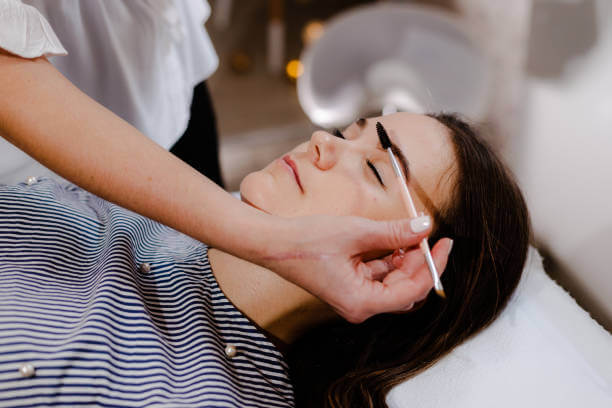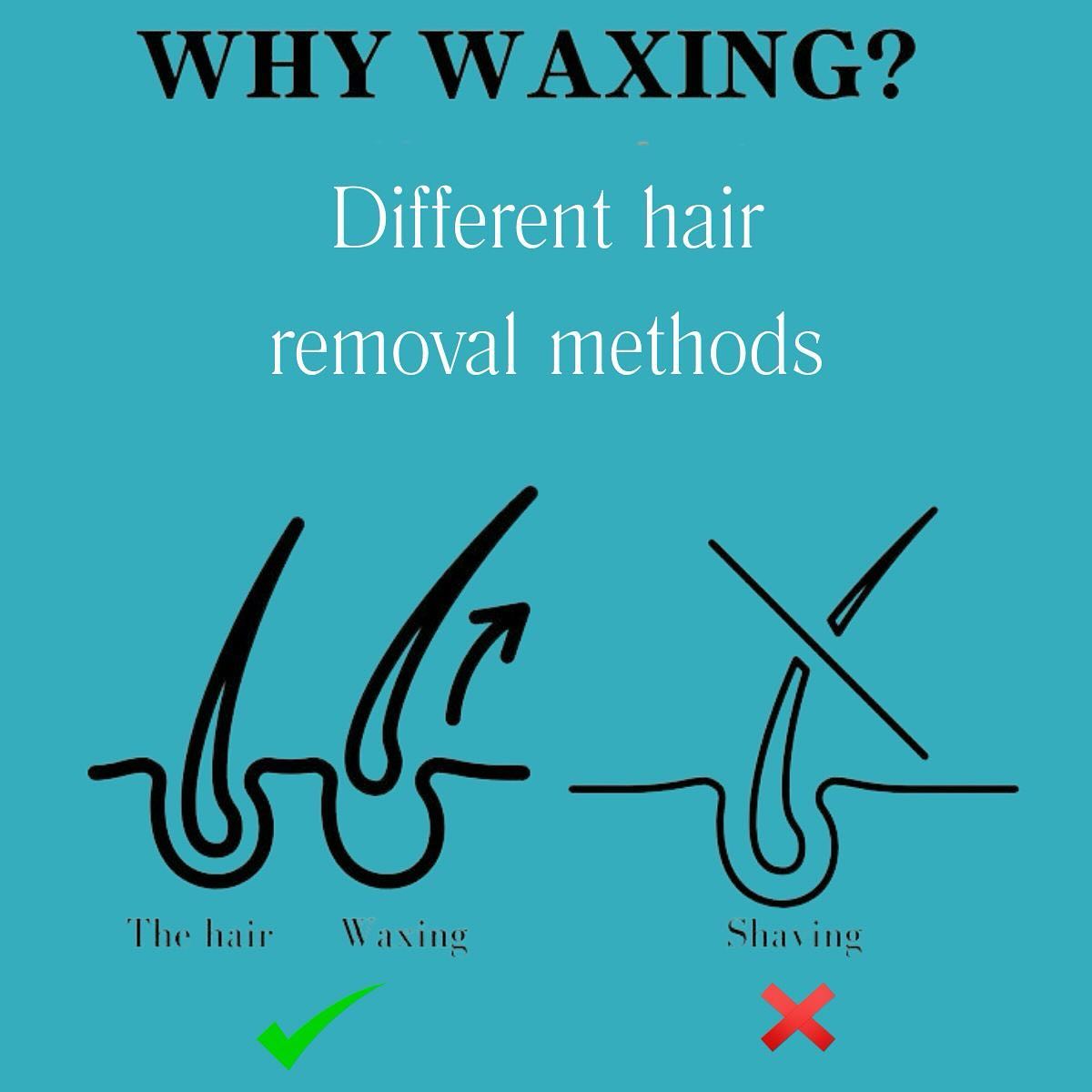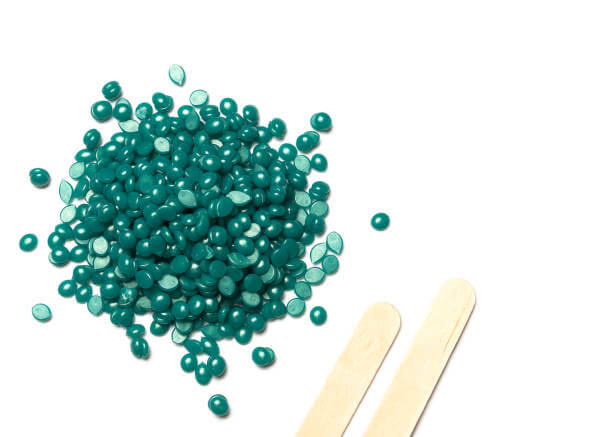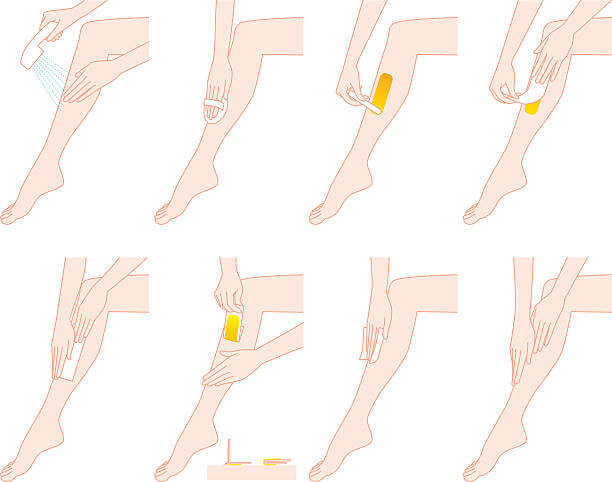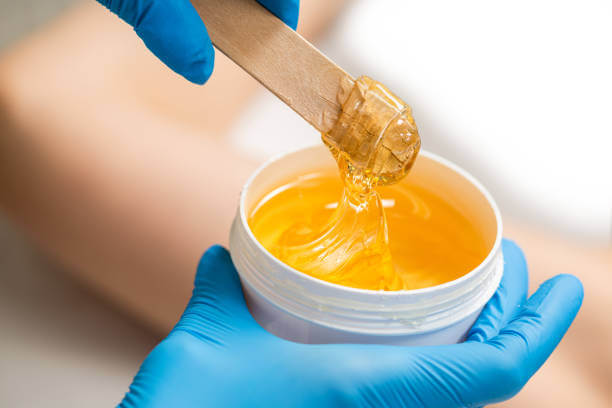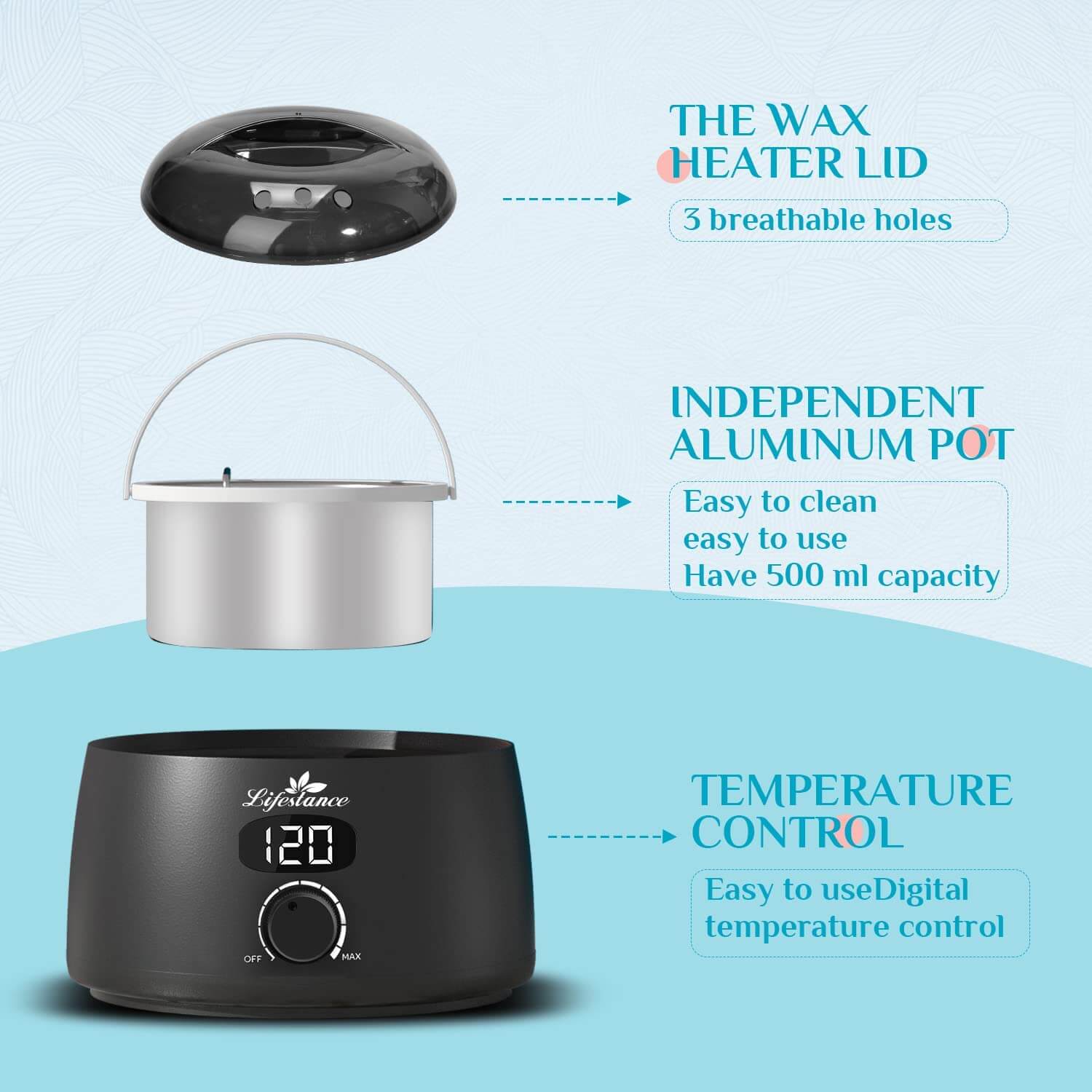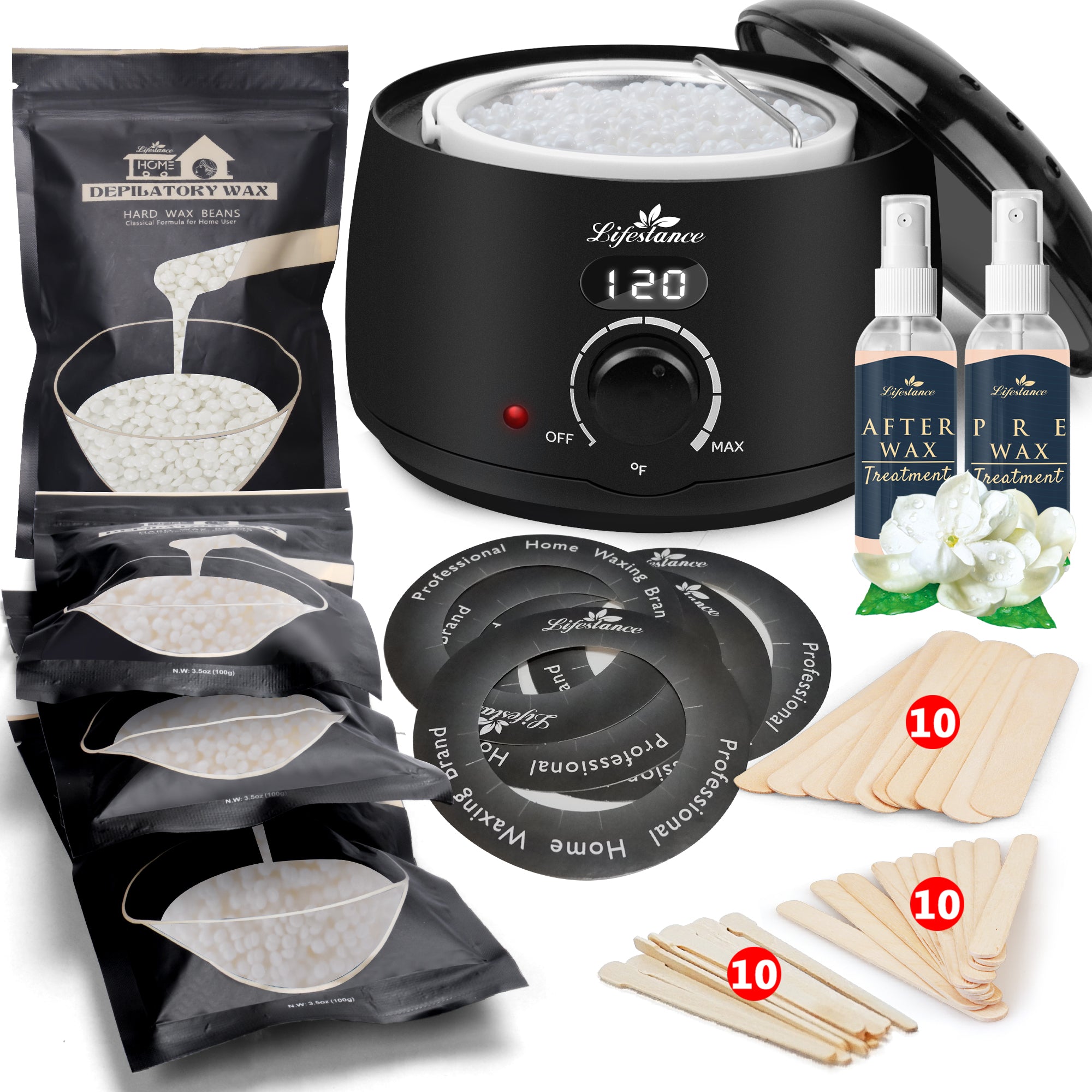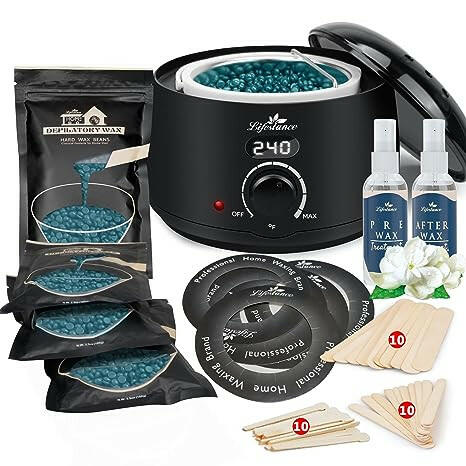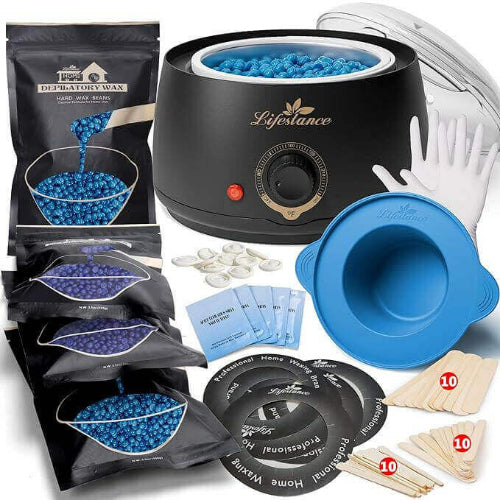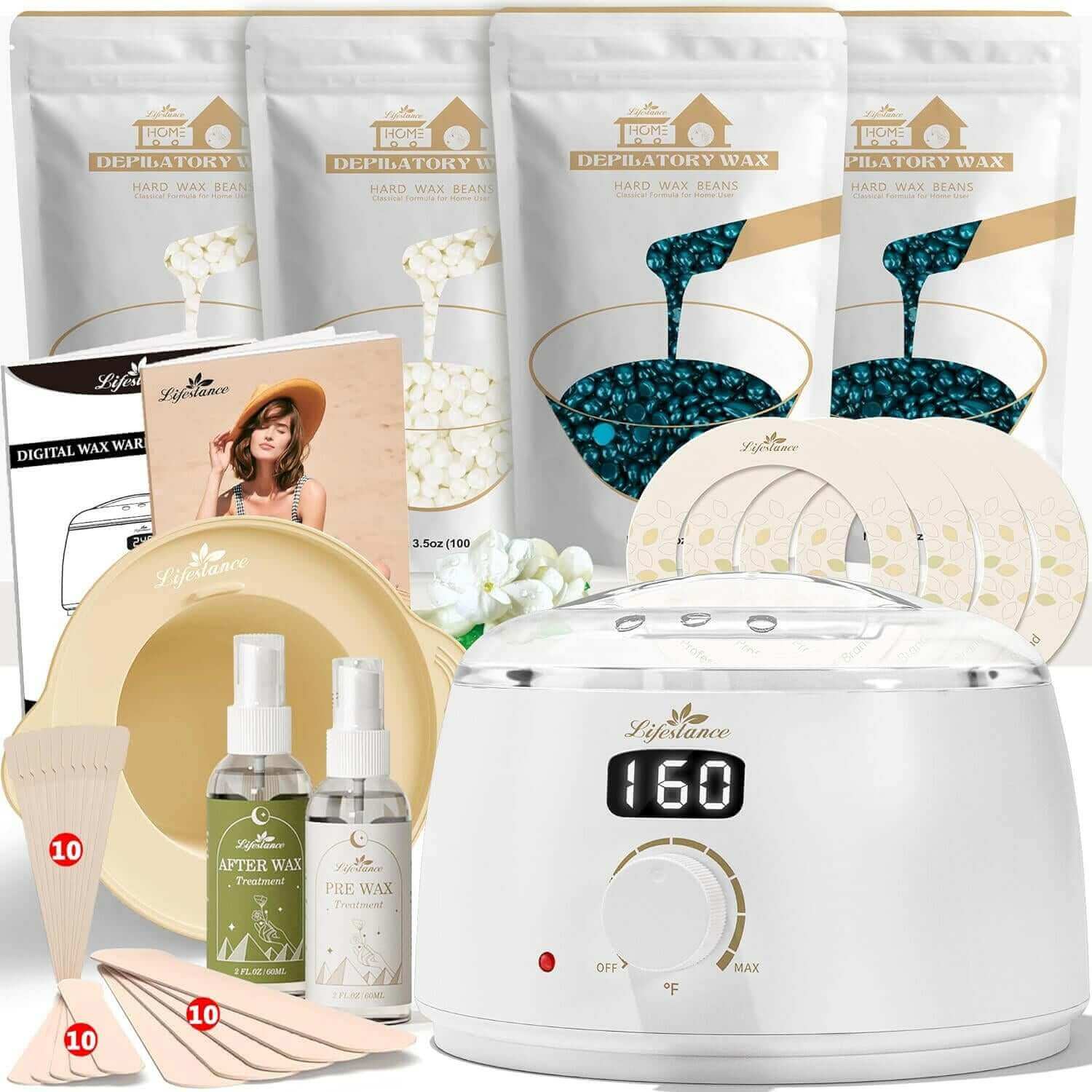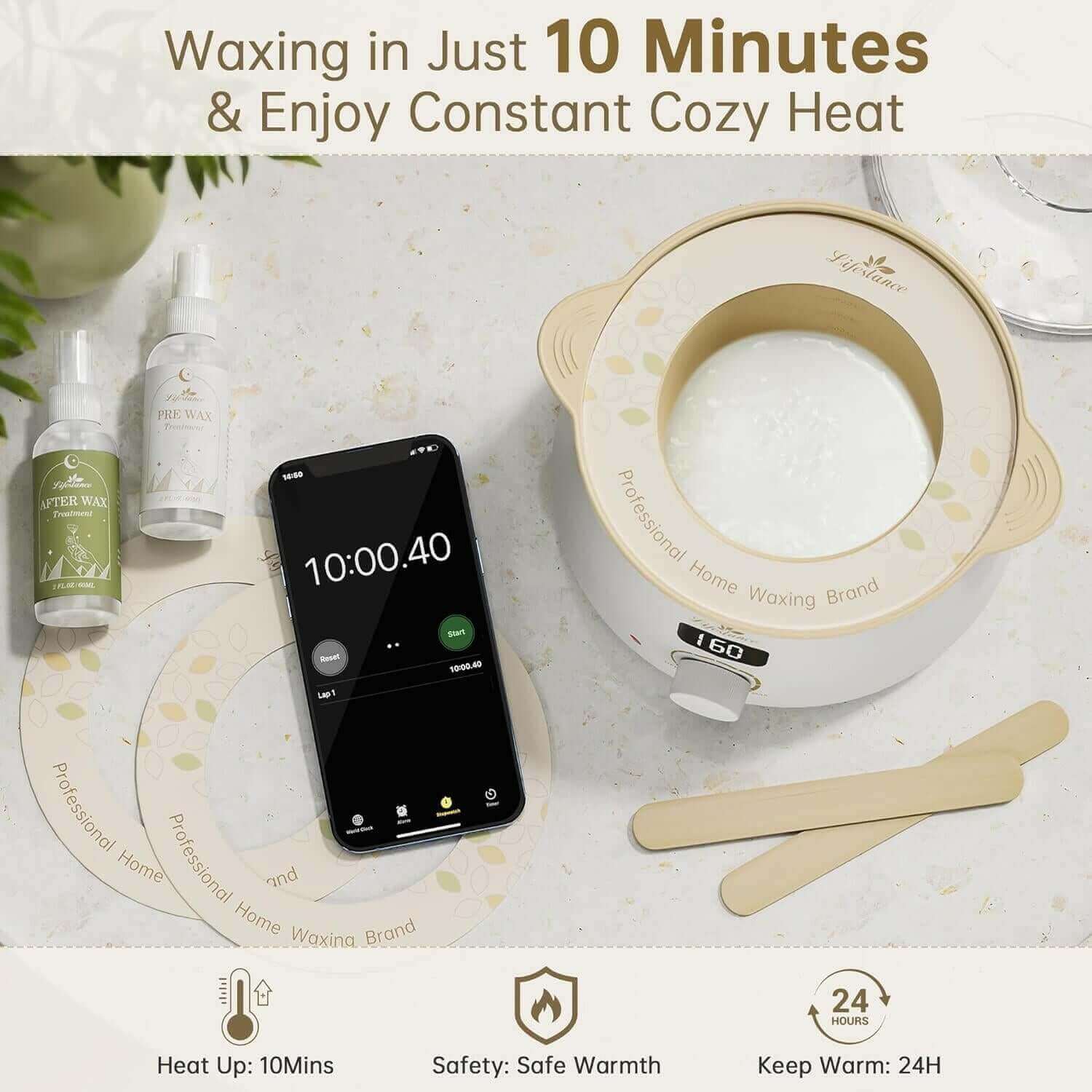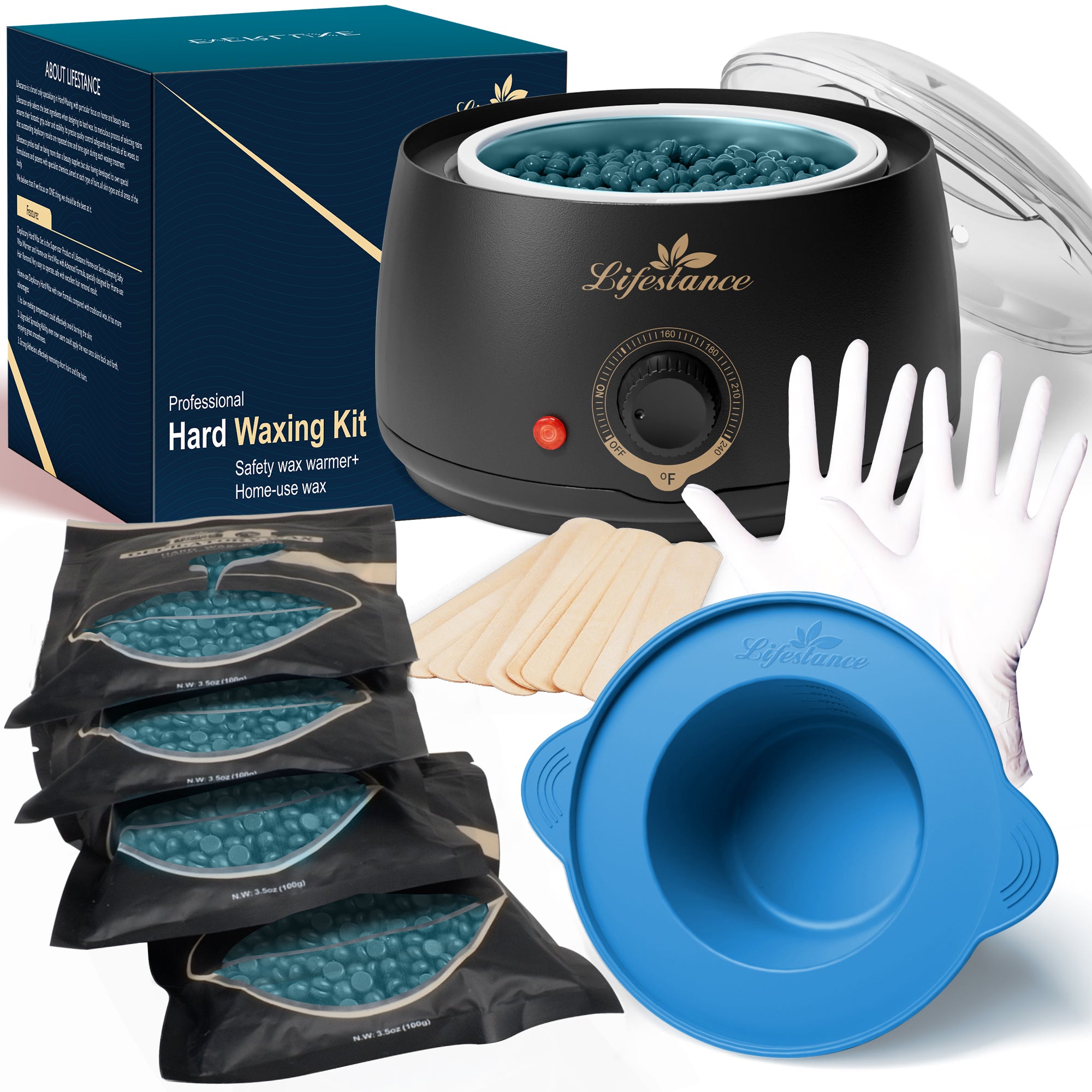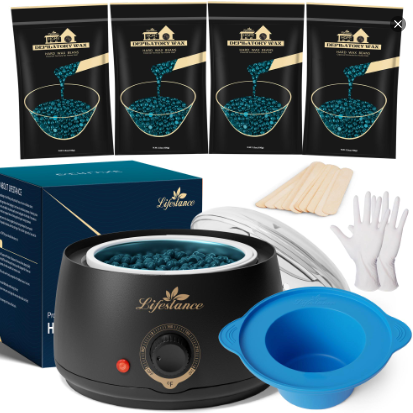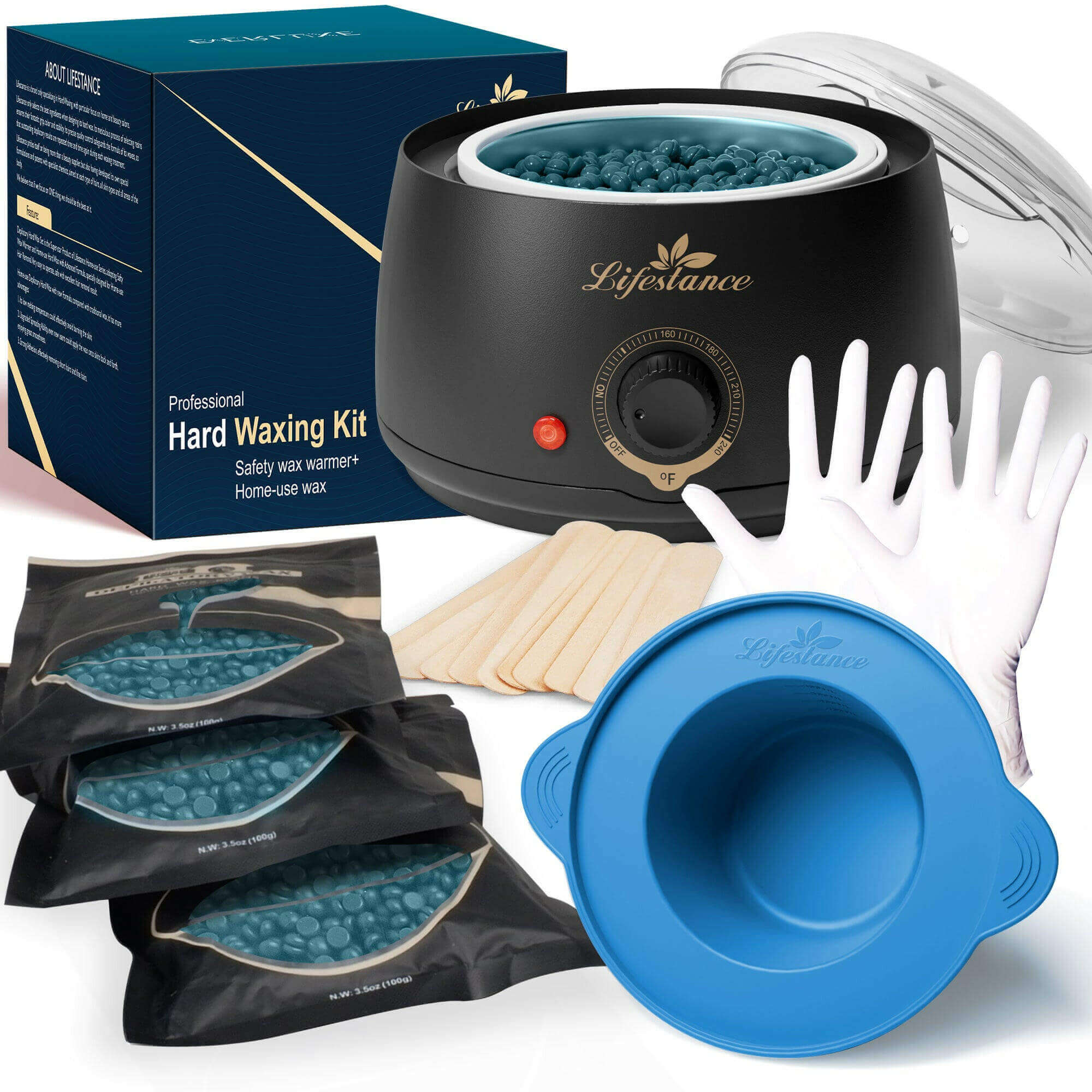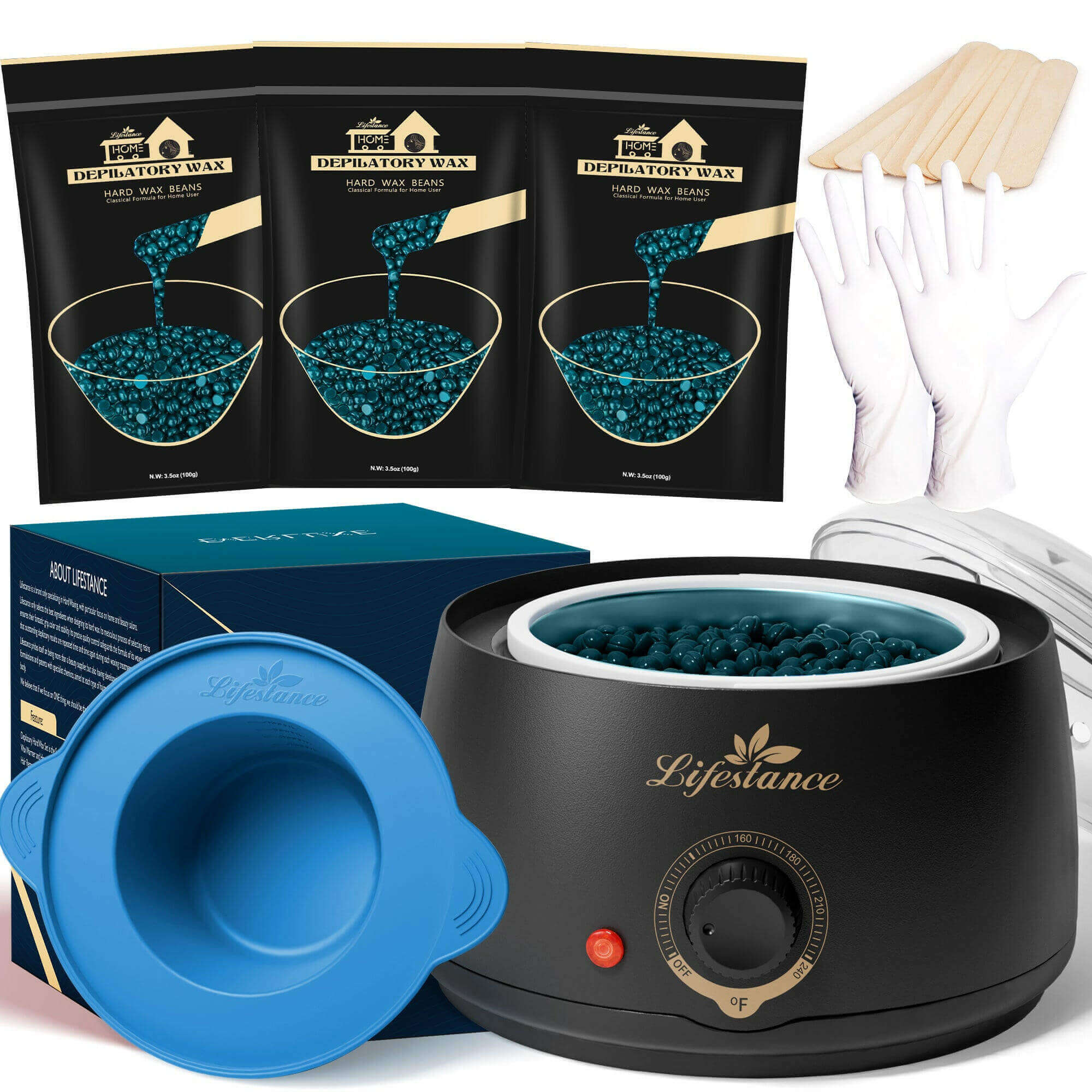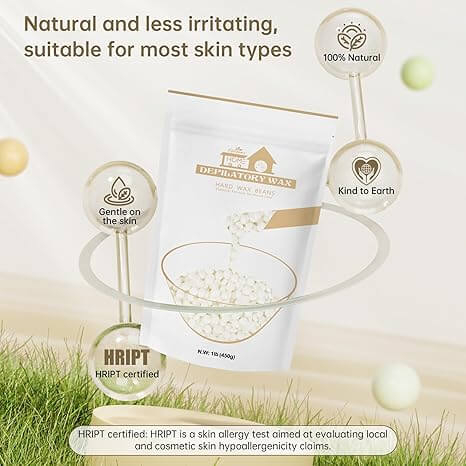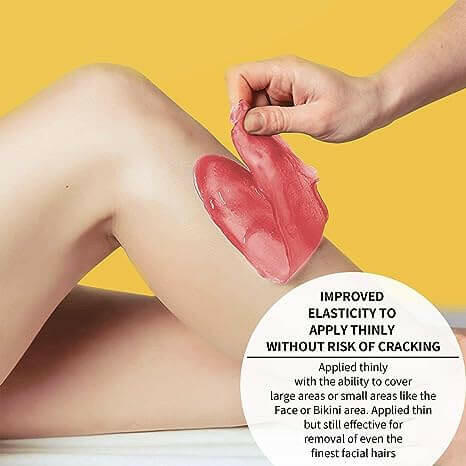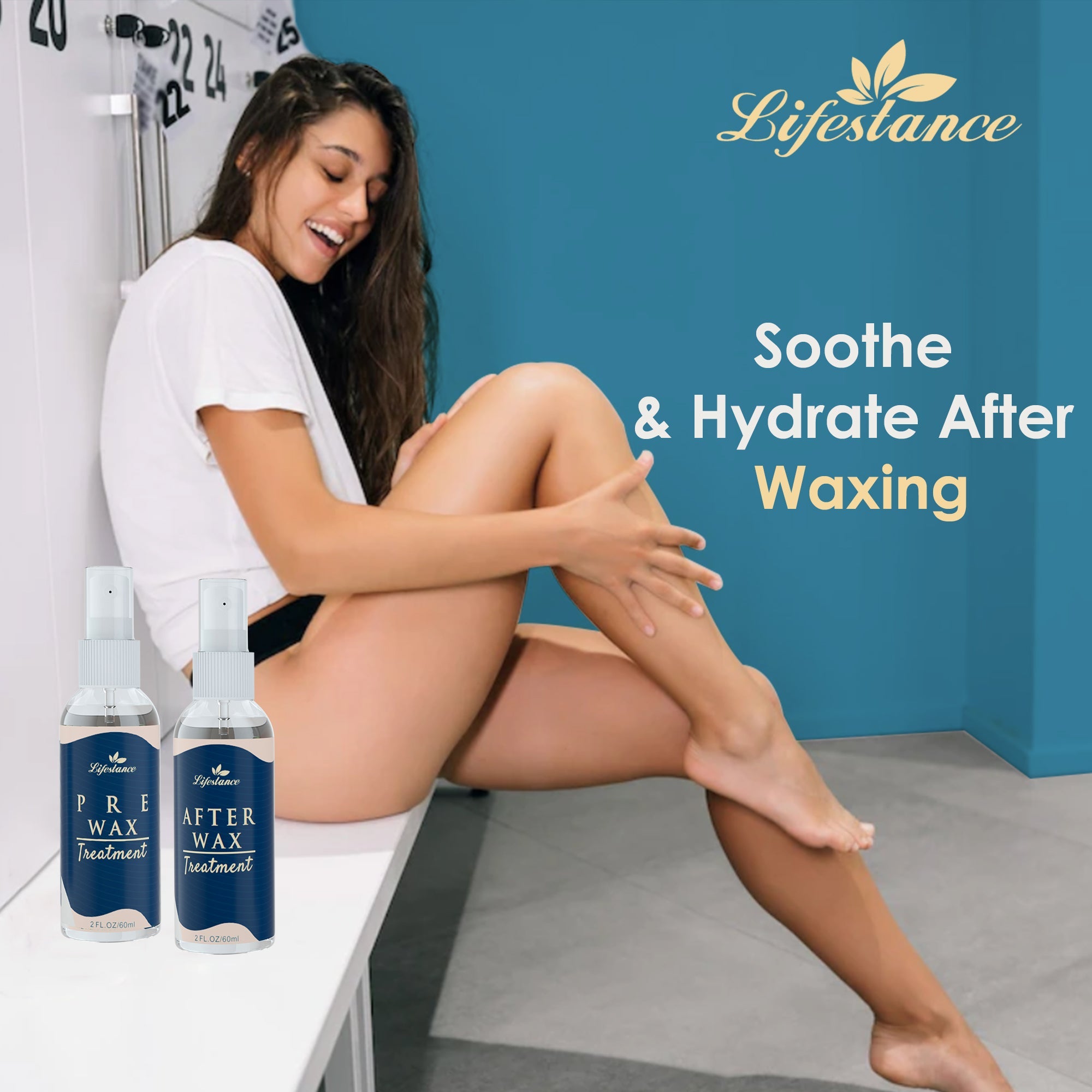
lifestance-TIPS FOR WAXING ACCIDENTS
Skin Removal
One of the most common waxing accidents is accidentally removing a layer of skin along with the hair. This can happen if the wax is too hot, the skin is not properly prepared, or the waxing technique is incorrect. If this happens, immediately clean the area with an antiseptic solution and apply a soothing ointment or aloe vera gel to help reduce inflammation and promote healing. Avoid picking at the area, as this can lead to further damage and scarring.Bruising and Bleeding
Waxing can sometimes cause bruising or bleeding, especially in sensitive areas like the bikini line or underarms. If you experience bruising, apply a cold compress to the area to reduce swelling and discomfort. If bleeding occurs, apply firm pressure with a clean cloth or tissue until it stops. Seek medical attention if the bleeding is excessive or doesn't stop after a few minutes.Ingrown Hairs
Ingrown hairs are a common side effect of waxing, especially if the hair is not removed properly or if the skin is not properly exfoliated before the waxing session. To prevent ingrown hairs, exfoliate regularly and avoid picking or scratching at the waxed area. If you do develop ingrown hairs, apply a warm compress to the area to help the hair break through the skin, and use a gentle exfoliating scrub to remove any dead skin cells.Allergic Reactions
Some people may be allergic to the ingredients in waxing products, which can lead to redness, swelling, and itching. If you experience an allergic reaction, stop using the product immediately and seek medical attention if the symptoms are severe. To prevent allergic reactions, always do a patch test before using a new waxing product.Wax Burns
Wax burns can occur if the wax is too hot or if it is left on the skin for too long. If you experience a wax burn, immediately run cool water over the affected area and apply a cold compress or aloe vera gel to help soothe the burn. Seek medical attention if the burn is severe or covers a large area.Waxing accidents can be painful and unsightly, but with the right knowledge and precautions, you can minimize the risk of accidents and handle them properly if they do occur. Always follow the instructions carefully, use high-quality waxing products, and seek professional help if you are unsure about the waxing process.

HOW TO GET WAX OFF SKIN
Beyond handling client allergic reactions and going the extra mile to ensure that you avoid common waxing mistakes, it’s also important to know how to get wax off of your client’s clothes and skin in the case of spillage or incorrect application.
To get hair removal wax off skin, there are a couple of ways to approach the situation:
Begin the process of wax removal by washing the area thoroughly with warm water and moisturize with a lotion that is water-based to loosen the wax that’s adhered to anywhere it shouldn’t be.
Follow this up with a hot water compress. Soak a clean washcloth in hot water, and place it on the wax or wax residue to soften the wax. Let it sit in the area for around 1-2 minutes. Once wax is loosened, remove it with your washcloth.
Mineral oil can also be used to remove small areas of wax or wax residue from the body. To use oil to remove wax, first dip a cotton pad in warmed oil (not hot!). Hold your soaked cotton pad onto the area of wax or wax residue until it's saturated (for about 1-2 minutes). Once wax and wax residue has been loosened, wipe off your residue or wax with your cotton pad.

Apply a generous amount of petroleum jelly to wax or wax residue. Leave it on the area for 5 minutes before wiping clean.
Dip a cotton pad in alcohol and rub wax residue or wax using a circular motion until the residue dissolves or the wax peels off the skin. Once wax is removed, moisturize skin with Starpil Post-Wax Lotion to nourish skin.
This might seem like a weird one, but it works! Hold an ice cube to leftover or residue wax and hold for around 30 seconds, or until wax becomes brittle and begins to flake. If the wax doesn’t begin to flake, don’t try to scrape or force it off! This can irritate the skin. Instead, use a different wax removal method.

For wax residue that’s just been left in small amounts after a waxing service, you can also use lifestance Wax Oil to remove anything left over after your service. Apply one pump of this oil to a cotton pad or clean hands before massaging into your client’s skin.
HOW TO GET WAX OUT OF HAIR
- Shampoo and Conditioner Method:
- Wet your hair thoroughly with warm water to help soften the wax.
- Apply a generous amount of shampoo directly onto the waxed areas of your hair.
- Gently massage the shampoo into the wax to help break it down.
- Rinse out the shampoo and any loose wax pieces.
- Follow up with a conditioner to help further loosen and remove any remaining wax residue.
- Repeat shampooing and conditioning as needed until all wax is removed.
- Hair Dryer Method:
- Wrap the waxed sections of hair in paper towels.
- Use a hair dryer on the highest heat setting to blow hot air through the paper towels onto the wax.
- The heat will cause the wax to melt and get absorbed into the paper towels.
- Replace the paper towels as needed and keep applying heat until all wax is removed.
- Oil/Petroleum Jelly Method:
- Apply a generous amount of oil (mineral, olive, etc.) or petroleum jelly directly onto the waxed hair.
- Allow it to soak in for 1-2 minutes to help dissolve and loosen the wax.
- Use a cotton pad or cloth to wipe away the oil/jelly mixture along with the dissolved wax.
- Shampoo thoroughly after to remove any residue.
- Alcohol Method:
- Dip a cotton pad in rubbing alcohol.
- Use circular motions to rub the alcohol onto the wax residue until it dissolves or flakes off.
The key is using heat, oils/solvents, and gentle agitation to help break down and dissolve the wax before rinsing it out of the hair completely. Patience and repeating the methods as needed is important for full wax removal.
HOW TO GET WAX OUT OF CLOTHES
- Scrape off excess wax
- Let any spilled wax dry and harden completely on the clothing
- Use a dull knife, spoon, or credit card to gently scrape off as much of the hardened wax as possible
- Use an iron and paper towels
- Place the stained area face down on an ironing board
- Cover the wax stain with paper towels or brown paper bags on both sides
- Run a warm iron over the paper towels - the heat will transfer the melted wax to the towels
- Replace the paper towels and keep ironing until no more wax transfers
- Soak in hot water
- Check the clothing's care label for recommended water temperature
- Fill a sink or basin with the hottest water safe for the fabric
- Add a few teaspoons of baking soda or detergent to help lift the wax
- Submerge the stained item and soak for at least 1 hour before washing
- Use a hair dryer
- Place paper towels under and over the wax stain
- Use a hair dryer on high heat to blow hot air through the towels onto the wax
- The heat will cause the wax to melt and transfer to the paper towels
- Apply solvents
- For remaining residue, apply a dry cleaning solvent or stain remover
- Wash the item in the hottest water possible with regular detergent
The key steps are scraping off excess wax first, then using heat (iron, hot water, hair dryer) to melt and transfer the remaining wax onto absorbent materials like paper towels or cloths. Solvents can help remove any final traces before washing. Patience and repeating the process may be needed for stubborn stains.
HOW TO GET WAX OFF SURFACES
For Wood/Hard Surfaces:
- Use a hairdryer or blow dryer on low heat to soften and melt the wax.
- Wipe up the melted wax with paper towels or cloths.
- For stubborn wax, place an ice pack on the area to harden the wax, then scrape it off carefully.
- Clean any remaining residue with a solution of half water and half white vinegar.
- For wood surfaces, polish with a wood cleaner after removing all the wax.
General Tips:
- Act quickly before the wax fully dries and hardens for easier removal.
- Use low heat and absorbent materials to transfer the melted wax away from the surface.
- Scrape off excess wax before using heat or solvents.
- For delicate fabrics like silk, it's best to have them professionally cleaned.
The key is using controlled heat to remelt the wax, then immediately absorbing or wiping it away before it can re-solidify on the surface. Patience and repeating the process may be required for stubborn wax stains.
It is best to use Lifestance cleaning oil, which can achieve the best cleaning effect more effectively.

CONTINUE READING
Waxing Product
Why Choose Us
At Lifestance, we understand that everyone's hair removal needs are unique. That's why we offer a wide range of professional waxing kits to ensure that different skin types, body hair types and budgets are catered for. Whether you are a seasoned beauty professional or a first-time self-service waxer, we are committed to providing you with an exceptional product and service experience.
Safety and ComfortOur waxing products are made with natural and gentle formulas that have passed rigorous testing and certification to ensure that skin irritation is minimized. At the same time, our patented heating technology allows for precise temperature control, so you can enjoy a comfortable waxing experience.
Professional Quality Convenient and PracticalWhether you're a licensed esthetician or a homeowner, Lifestance has you covered. Our kits contain everything you need and are so easy to use that even beginners can master them. The quality of our products is outstanding, ensuring smooth, flawless skin.
Innovative ideas and serviceWe are constantly developing innovative technologies and formulas to provide our customers with an unprecedented hair removal experience. Whatever your questions or needs, our team of professionals is always on hand to provide you with personalized service and guidance.
When you choose Lifestance, you choose beauty, comfort, convenience and professionalism. We are dedicated to providing you with an exceptional hair removal experience that will help you look and feel your best.





